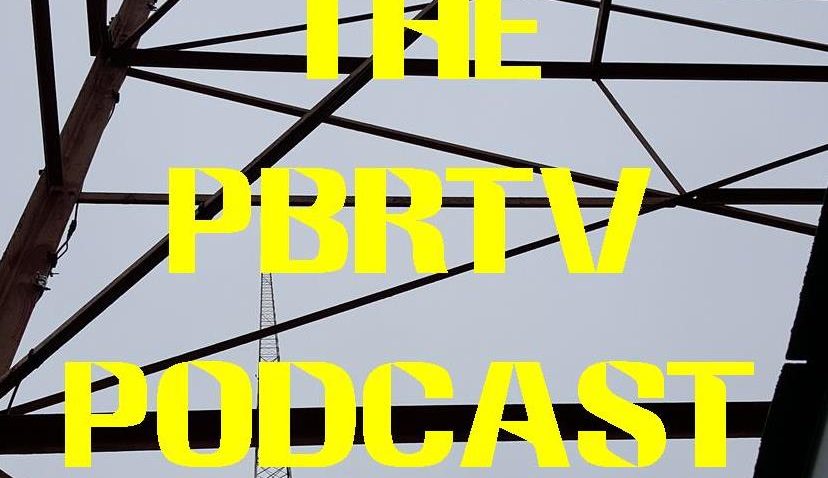TV covered a dream, 45 years ago
January 21, 2008
The “March on Washington” 45 years ago this August was a “coming of age” moment both for the civil-rights movement and national TV news.
Never before had America’s three television networks saturated any event — save presidential conventions and inaugurations — with such extensive coverage.
At least 22 TV cameras were trained on Washington, D.C., on Aug. 28, 1963 to pickup up both the marchers and the speeches in front of the Lincoln Memorial.

. . .
William G. Thomas III, professor of history at the University of Virginia and director of the Virginia Center for Digital History, which oversees a university project called “Television News of the Civil Rights Era, 1950-1970,” says that more than 500 cameramen, reporters and engineers were deployed.
The cost was estimated by the New York Times at more than $300,000.
NBC slated three special reports — two during the day and one at 11:15 p.m. — while ABC set four live pickups and a taped program at 11:15 p.m. CBS covered events live between 1:30 and 4:30 p.m., cancelling “As the World Turns,” “Password,” “Art Linkletter’s House Party,” “To Tell the Truth” and “The Edge of Night.”
. . .
The television coverage was significant for several reasons. First, the live pictures brought to American living rooms the faces of 250,000 black and white men and women, marching peacefully together for the cause of civil rights.
“Cameramen and technicians found placards to show that the marchers represented all major religious faiths, labor groups, social organizations and others,” reported the Times. As a result, no one watching at home could deny the widespread support for the legislation that became the Civil Rights Act of 1965.
Second, for many people, the march turned out to be something that was “seen and not read about,” according to Thomas. Some newspapers “described the march in sketchy detail,” he writes, “and much of the commentary considered it ineffective.”
But millions of people had watched on TV and come to a different conclusion, Thomas says: “What they saw and experienced as viewers contrasted sharply with what they read about it in their newspapers.”
. . .
 Millions did watch; in New York City alone, according to the Times, daytime ratings on the day of the march were 46 percent higher than normal.
Millions did watch; in New York City alone, according to the Times, daytime ratings on the day of the march were 46 percent higher than normal.
Perhaps for the first time, TV news had supplanted the printed word as the way that Americans learned about major unfolding events. It was a cultural shift that became even more pronounced a few months later, when the nation watched, transfixed, the aftermath of President Kennedy’s assassination.
The formal program at the Lincoln Memorial included the singing of the National Anthem by Marian Anderson, a hymn (“‘Buked and Scorned“) by Mahalia Jackson, prayers by several clergymen and speeches by union leaders A. Philip Randolph and Walter Reuther, among others.
. . .
Yet the march may be best remembered today for a speech that almost wasn’t included.
According to a 2003 story by NPR, some of the organizers of the program didn’t want the president of the Southern Christian Leadership Conference, the Rev. Dr. Martin Luther King Jr., to speak. A few groups, apparently jealous of King’s celebrity, were worried that he would dominate the march.
In the end, they agreed to allow him only four minutes, and pushed him to the end of the program, in hopes that the TV crews would have packed up and gone home to get ready for the evening news broadcasts.
. . .
They were wrong about the TV crews; they stayed to the very end of King’s remarks, which blew away the four-minute time limit, stretching to 16 minutes.
They were right that King dominated the event; his so-called “I Have a Dream” speech might be the most famous address ever delivered on U.S. television, and is perhaps the defining moment of the civil-rights demonstrations of the 1960s.

